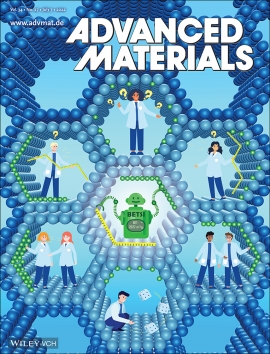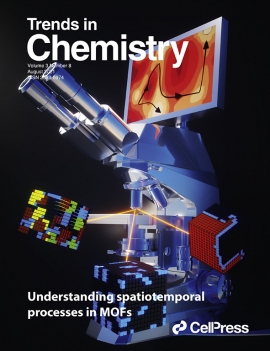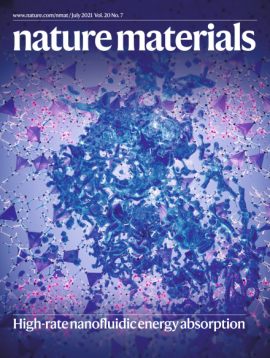Accurately Determining the Phase Transition Temperature of CsPbI3 via Random-Phase Approximation Calculations and Phase-Transferable Machine Learning Potentials
Abstract
While metal halide perovskites (MHPs) have shown great potential for various optoelectronic applications, their widespread adoption in commercial photovoltaic cells or photosensors is currently restricted, given that MHPs such as CsPbI3 and FAPbI3 spontaneously transition to an optically inactive nonperovskite phase at ambient conditions. Herein, we put forward an accurate first-principles procedure to obtain fundamental insight into this phase stability conundrum. To this end, we computationally predict the Helmholtz free energy, composed of the electronic ground state energy and thermal corrections, as this is the fundamental quantity describing the phase stability in polymorphic materials. By adopting the random phase approximation method as a wave function-based method that intrinsically accounts for many-body electron correlation effects as a benchmark for the ground state energy, we validate the performance of different exchange-correlation functionals and dispersion methods. The thermal corrections, accessed through the vibrational density of states, are accessed through molecular dynamics simulations, using a phase-transferable machine learning potential to accurately account for the MHPs’ anharmonicity and mitigate size effects. The here proposed procedure is critically validated on CsPbI3, which is a challenging material as its phase stability changes slowly with varying temperature. We demonstrate that our procedure is essential to reproduce the experimental transition temperature, as choosing an inadequate functional can easily miss the transition temperature by more than 100 K. These results demonstrate that the here validated methodology is ideally suited to understand how factors such as strain engineering, surface functionalization, or compositional engineering could help to phase-stabilize MHPs for targeted applications.
 Open Access version available at UGent repository
Open Access version available at UGent repository


